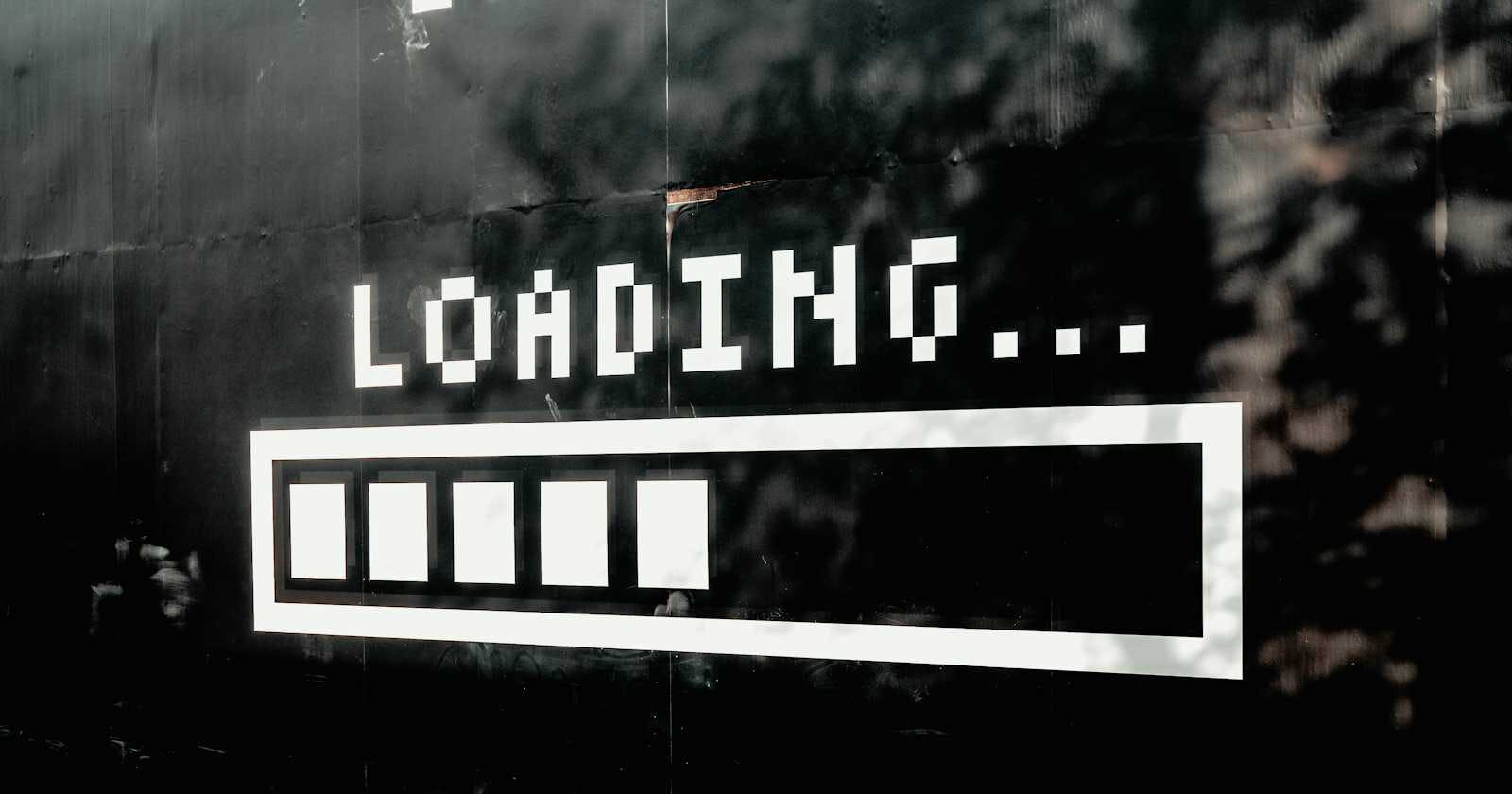
Photo by Mike van den Bos on Unsplash
Boost Your Website's Performance with HTML & CSS Optimization Techniques
In today's digital age, where users demand fast and responsive web experiences, optimizing your website's performance has become more crucial than ever. One effective way to achieve this is by focusing on HTML and CSS optimization techniques that not only enhance the user experience but also improve your site's speed, as measured by tools like Chrome Lighthouse. In this article, we'll explore some practical tips to optimize your HTML and CSS, increase web page speed, and ace the performance metrics.
1. Leveraging the <prelink> Tag for HTML Optimization
One often overlooked method for HTML optimization is the strategic use of the <prelink> tag within the <head> section of your HTML document. This tag allows you to hint to the browser which resources will be needed in the near future, potentially speeding up the loading process. By including <prelink> tags for critical resources, such as stylesheets and scripts, you can improve the overall perceived performance of your website.
2. Harnessing the Power of Async/Defer for JavaScript Files
To optimize the loading of JavaScript files, consider using the async and defer attributes when including them in your HTML. Async and defer attributes allow scripts to be loaded asynchronously or deferred until after the HTML parsing is complete, respectively. This can prevent JavaScript from blocking the rendering of your page, leading to faster load times and better performance scores in tools like Chrome Lighthouse.
3. Optimize CSS by Importing Fonts Locally
Reducing external calls is key to speeding up your website, and one area where this can be particularly impactful is with web fonts. Instead of relying on Google Fonts or other external services, consider importing fonts directly from a local folder within your project. This reduces the number of external requests and can significantly improve page load times.
4. Lazy Loading Images for Improved Performance
Another effective technique for improving web page speed is lazy loading images. By adding the loading="lazy" attribute to your <img> tags, you can defer the loading of images until they are within the user's viewport, reducing initial page load times and conserving bandwidth.
5. Optimizing Google Analytics Integration
Integrating Google Analytics is essential for tracking website performance, but it can sometimes impact page load times. One optimization hack is to load Google Analytics asynchronously using a separate JavaScript file. By creating a custom JavaScript file (e.g., google.js) and including the Google Analytics code with async loading, you can minimize its impact on initial page rendering.
Here's a sample implementation:
<script async defer src="./path_to/google.js"></script>
And inside google.js:
function loadGoogleAnalytics() {
const script = document.createElement("script");
script.async = true;
script.src = "https://www.googletagmanager.com/gtag/js?id=G-XXXXXXXXX";
document.head.appendChild(script);
script.onload = function () {
window.dataLayer = window.dataLayer || [];
function gtag() {
dataLayer.push(arguments);
}
gtag("js", new Date());
gtag("config", "G-XXXXXXXXX"); // add your g-tag code
};
}
setTimeout(() => {
loadGoogleAnalytics();
},2500);
By implementing these HTML and CSS optimization techniques, you can significantly enhance your website's performance, improve user experience, and achieve higher scores on tools like Chrome Lighthouse. Remember, optimizing your website is an ongoing process, so continue to monitor and refine your strategies to ensure peak performance.

